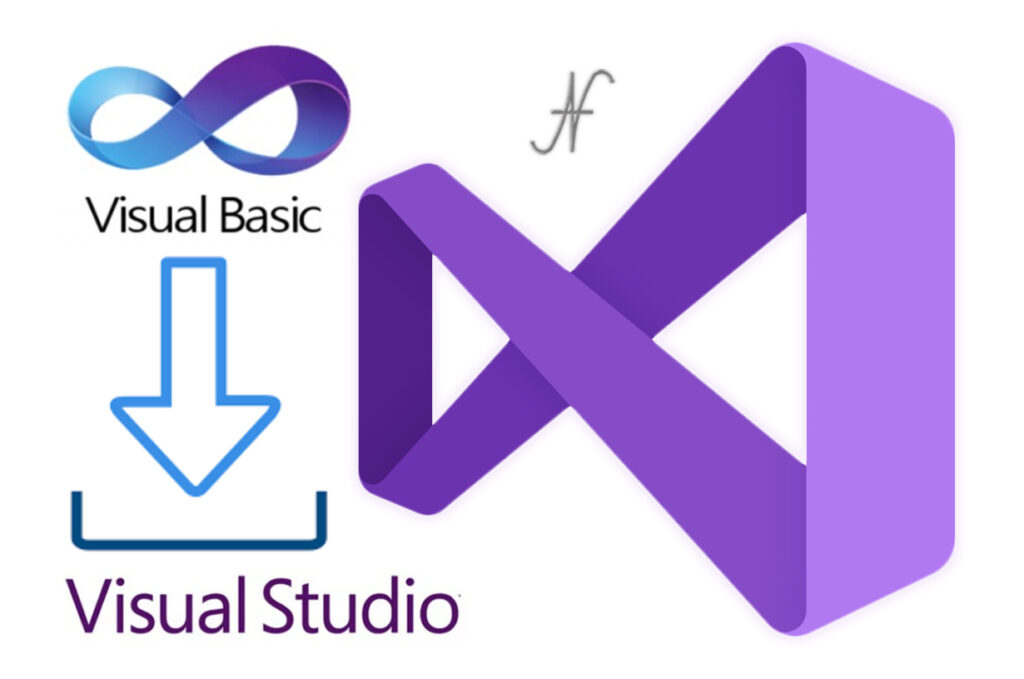
Free eBooks for Beginners
As a beginner in Visual Basic .NET, it’s important to understand the concept of extension methods. Extension methods are a powerful feature that allows you to add new methods to existing classes without modifying the original class. This means that you can add functionality to classes that you do not own or cannot modify, making it a very useful tool for programmers.
An extension method is defined as a static method with the “this” keyword before the first parameter. This “this” keyword tells the compiler that the method is an extension method and should be treated as such. The first parameter of an extension method is the type that the method will extend, and it’s followed by any other parameters that the method requires.
An extension method can be called just like any other method, and it’s also visible in Intellisense when you type the instance of the class that it extends. This makes it easy to use and discover, and it can be very helpful when you want to add functionality to a class that you don’t own or can’t modify.
One of the most common use cases for extension methods is to add functionality to the built-in classes of the .NET Framework. For example, you might want to add a method to the String class that can check if a string is a valid email address. By creating an extension method, you can add this functionality to the String class without having to modify the original class.
Another use case for extension methods is to add functionality to a class that is defined in a third-party library. This is useful when you want to add functionality to a class that you don’t own or can’t modify, and you don’t want to create a new class that inherits from the original class.
It’s also important to note that extension methods are not a replacement for inheritance. They are a good way to add functionality to classes without modifying the original code, but they should not be used as a way to change the behavior of a class.
In conclusion, extension methods are a powerful feature in Visual Basic .NET that allows you to add new methods to existing classes without modifying the original class. This feature can be used to add functionality to the built-in classes of the .NET Framework or to a class that is defined in a third-party library. Extension methods are a great way to add functionality to classes that you don’t own or can’t modify, but it’s important to remember that they are not a replacement for inheritance and should not be used to change the behavior of a class.
Cookbook – VisualBasic.NET for Beginners – Chapter 33 : Extension methods
 Loading...
Loading...
Disclaimer: The information and code presented within this recipe/tutorial is only for educational and coaching purposes for beginners and developers. Anyone can practice and apply the recipe/tutorial presented here, but the reader is taking full responsibility for his/her actions. The author (content curator) of this recipe (code / program) has made every effort to ensure the accuracy of the information was correct at time of publication. The author (content curator) does not assume and hereby disclaims any liability to any party for any loss, damage, or disruption caused by errors or omissions, whether such errors or omissions result from accident, negligence, or any other cause. The information presented here could also be found in public knowledge domains.
Learn by Coding: v-Tutorials on Applied Machine Learning and Data Science for Beginners